Clustering Techniques (K-means, Hierarchical) In Machine Learning
4.9 out of 5 based on 47856 votesLast updated on 21st Aug 2024 7.3K Views
- Bookmark

K-means clustering partitions data into K clusters by minimizing variance, while hierarchical clustering builds a tree of clusters based on distance metrics.

Introduction
In the world of machine learning, clustering techniques play a crucial role in grouping similar data points together. Two of the most popular clustering algorithms are K-means and hierarchical clustering. Let's dive deeper into these techniques and understand how they work in the realm of machine learning. This powerful technique allows you to group data points based on their similarities and create a hierarchical structure. We will delve into the intricacies of hierarchical clustering and explore how it can be used to uncover patterns within your data. With the increasing demand for professionals with expertise in AI and ML, enrolling in a Machine Learning Course can be the first step towards a successful and lucrative career in this growing field.
Clustering Techniques in Machine Learning
Clustering techniques are unsupervised learning algorithms that aim to group similar data points together based on certain characteristics or features. These algorithms help in identifying patterns in data and can be used for various applications such as customer segmentation, anomaly detection, and image segmentation. You can learn it from the Machine Learning Programs that allows computers to learn from data without being explicitly programmed.
How does K-means Clustering Work?
K-means clustering is a popular algorithm that partitions data points into K clusters based on their nearest centroid. The algorithm works by iteratively assigning data points to the nearest centroid and then recalculating the centroid based on the mean of the data points in that cluster. This process keeps working until the centroids no longer change significantly, indicating conversion of the algorithm.
What is Hierarchical Clustering?
Hierarchical clustering is a popular method used in machine learning for grouping similar data points into clusters. Unlike other clustering techniques, hierarchical clustering does not require you to specify the number of clusters beforehand. Instead, it creates a tree-like structure of clusters, where similar data points are grouped together at different levels of granularity.
Hierarchical clustering, on the other hand, does not require the number of clusters to be predefined. It works by grouping data points into a tree-like structure, where similar data points are clustered together at various levels of granularity. There are two main types of hierarchical clustering, i.e., agglomerative clustering and divisive clustering. Agglomerative clustering starts with each data point as a separate cluster and then merges the closest clusters together until all data points belong to a single cluster. Divisive clustering, on the other hand, starts with all data points in a single cluster and then splits them into smaller clusters based on certain criteria.
Do you know About Azure Machine Learning Certification?
About Agglomerative Hierarchical Clustering
Agglomerative hierarchical clustering is a bottom-up approach where the data point starts being its own cluster. Similar clusters are merged together until all data points belong to a single cluster. One common algorithm used in agglomerative clustering is the Ward's method, which minimizes the within-cluster sum of squares.
In this type of clustering, the algorithm calculates the distance between each pair of data points and forms clusters based on the shortest distance between them. The process continues until all data points are in the same cluster, forming a hierarchical tree-like structure called a dendrogram.
How does Agglomerative clustering work?
Step 1: Begin with each data point as its cluster.
Step 2: Calculate the similarity between each pair of clusters.
Step 3: Merge the two most similar clusters to belong to a single cluster.
Step 4: Repeat both the steps, i.e., 2 and 3 until all data points belong to a single cluster.
About Divisive Hierarchical Clustering
Unlike agglomerative clustering, divisive hierarchical clustering is a top-down approach where all data points start in a single cluster. Clusters are then recursively divided into smaller clusters based on their dissimilarity until each data point is in its own cluster. One common algorithm for divisive clustering is the k-means clustering algorithm.
In divisive clustering, the algorithm first assigns all data points to a single cluster and then divides this cluster into smaller clusters based on their dissimilarity. This process continues recursively until each data point is its own cluster, resulting in a binary tree-like structure similar to an upside-down dendrogram.
Relevant Online Courses:
Full Stack Data Science Course
Python Course for Data Science
Advanced Python Programming Course
Artificial Intelligence Online Training
Which Clustering Technique is Better?
The choice between K-means and hierarchical clustering depends on the nature of the data and the problem at hand. K-means is known for its simplicity and scalability, making it ideal for large datasets. However, it requires the number of clusters to be predefined, which can be a limitation in certain scenarios. On the other hand, hierarchical clustering does not require the number of clusters to be predefined and can capture the underlying structure of the data more effectively. For better learning of such techniques, enroll into Machine Learning Course in Delhi that offer placement assistance as well.
Advantages of Hierarchical Clustering
One of the key advantages of hierarchical clustering is that it provides a visual representation of the clustering process through dendrograms. These tree-like diagrams allow you to easily interpret the relationships between clusters and identify meaningful patterns in your data. Additionally, hierarchical clustering is robust against noise and outliers, making it suitable for a wide range of datasets.
Applications of Hierarchical Clustering
Hierarchical clustering is widely used in various fields, including biology, finance, and marketing. In biology, it can be used to classify genetic sequences and identify evolutionary relationships between species. In finance, hierarchical clustering can help identify similar patterns in stock market data and inform investment strategies. In marketing, it can be used to segment customers based on their purchasing behavior and tailor marketing campaigns accordingly.
Also Read This:
Artificial Intelligence and Machine Learning
Machine Learning and Deep Learning
Machine Learning Interview Questions and Answers
Interpreting a Dendrogram
Hierarchical Structure: A dendrogram's hierarchical structure reveals the relationship between clusters at different levels of dissimilarity. The branches at the bottom of the dendrogram represent individual data points, while higher branches signify the merging of clusters. The order in which clusters are merged or split provides valuable insights into the underlying patterns within the data.
Cluster Similarity: The length of the branches in a dendrogram indicates the level of similarity or dissimilarity between clusters. Shorter branches suggest a high degree of similarity, while longer branches signify greater dissimilarity. By analyzing the dendrogram, data scientists can identify clusters that exhibit similar characteristics and patterns.
Cluster Distances: The vertical height at which clusters are merged in a dendrogram reflects the distance between clusters. Clusters that merge at lower heights are more similar to each other, while those that merge at greater heights are more dissimilar. Understanding these distances helps in determining the optimal number of clusters for meaningful segmentation of the data.
Applications of Dendrogram in Hierarchical Clustering: Dendrograms play a crucial role in various fields such as biology, finance, and marketing, where clustering is used for pattern recognition, customer segmentation, and anomaly detection. By visually analyzing the structure of dendrograms, researchers and analysts can uncover hidden relationships within complex datasets and make informed decisions based on the clustering results.
What is cluster distance measurement?
Cluster distance measurement is a crucial aspect of clustering analysis, as it helps to determine the similarity or dissimilarity between different clusters in a dataset. This metric is essential for understanding the relationships between data points and identifying meaningful patterns within the data.
Single Linkage: Single linkage, also known as the nearest neighbor method, calculates the distance between two clusters based on the shortest distance between any two points in the clusters. This method tends to create long, elongated clusters and is sensitive to outliers. By using this method, clusters that are close together will be merged first, leading to the formation of a single large cluster.
Average Linkage: Average complete linkage, on the other hand, calculates the distance between two clusters based on the average distance between all pairs of points in the clusters. This method tends to create more compact clusters and is less sensitive to outliers compared to single linkage. With average complete linkage, clusters that have a balanced distance to each other will be merged first, maintaining the overall structure of the data.
Complete Linkage: Complete linkage, also known as maximum linkage, calculates the distance between two clusters based on the maximum distance between any two points in each cluster. In other words, it measures the distance between the two clusters by considering the pair of points that are farthest apart from each other in each cluster. This method is often used when dealing with data sets where clusters have irregular shapes or varying sizes. By considering the maximum distance between points in each cluster, complete linkage can better capture the overall spread of the data and avoid the issue of merging clusters based on outliers.
Centroid Linkage: On the other hand, centroid linkage calculates the distance between two clusters based on the distance between their centroids. The centroid of a cluster is the mean of all the points in that cluster, representing the center of mass of the data points. This method is useful when dealing with data sets where clusters have a more uniform shape and size. By considering the distance between centroids, centroid linkage focuses on how similar or dissimilar the central tendencies of the clusters are, making it more sensitive to the overall structure of the data.
Which Method Should You Use?
The choice amongst different methods, average linkage often depends on the nature of the data and the objective of the clustering analysis. If your dataset contains outliers and you want to prioritize clusters that are close together, single linkage may be the better option. On the other hand, if you are looking for more balanced clusters that are not influenced by outliers, average complete linkage might be the way to go. If your clusters have irregular shapes or varying sizes, complete linkage may be more appropriate as it can account for the spread of the data more effectively.
Other Related Courses in Delhi/NCR: Data Science Course in Noida Deep Learning Training in Noida Python Course in Delhi Data Science Course in Delhi Machine Learning Training in Noida Artificial Intelligence Training in Noida
Conclusion
In conclusion, clustering techniques such as K-means and hierarchical clustering are powerful tools in the field of machine learning. Each algorithm has its advantages and limitations, and the choice between them should be based on the specific requirements of the problem at hand. By understanding how these clustering techniques work, data scientists can make informed decisions and extract valuable insights from their data. Taking a Machine Learning Certification Course is a wise investment in your future. It not only equips you with the knowledge and skills needed to succeed in the field of machine learning but also enhances your career prospects and earning potential. Enroll in a course today and take the first step towards a successful and rewarding career in this exciting field!
Subscribe For Free Demo
Free Demo for Corporate & Online Trainings.

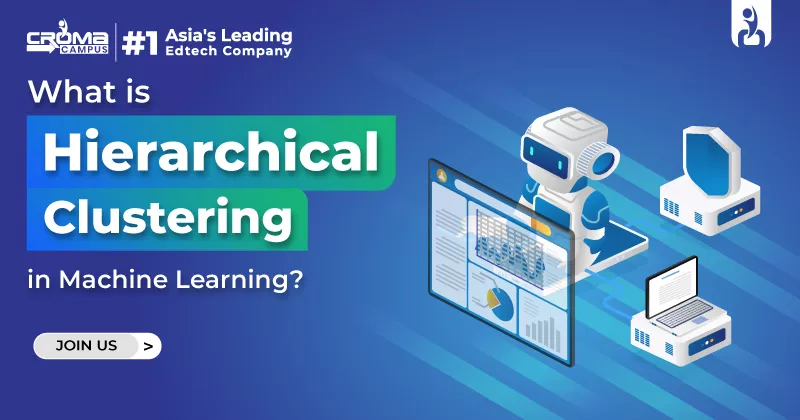

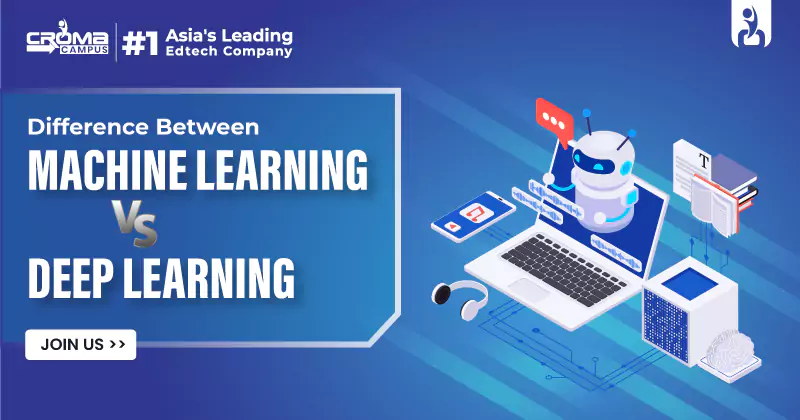
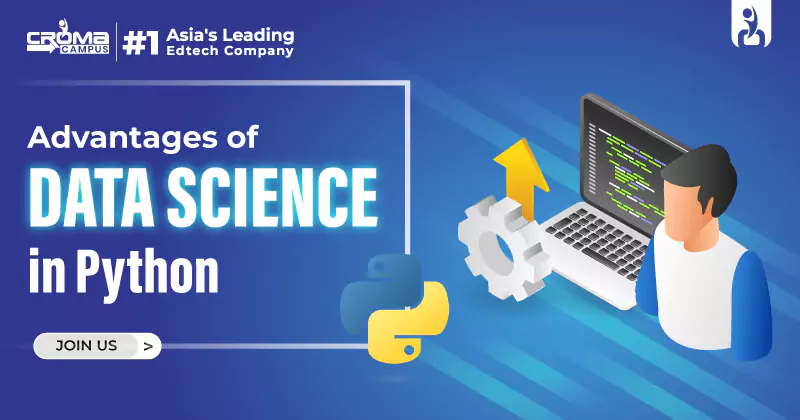



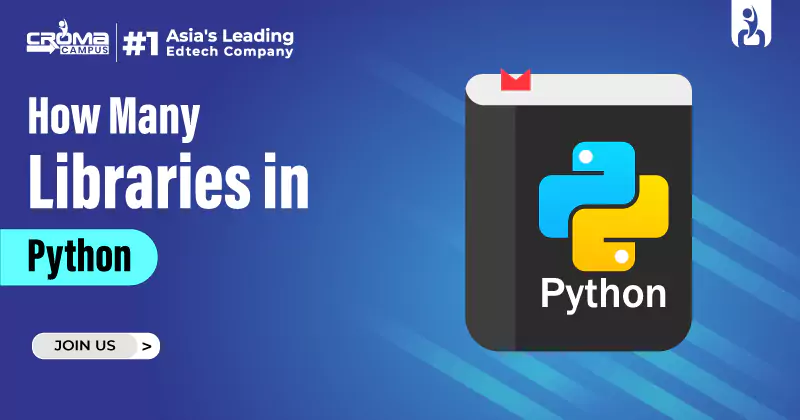

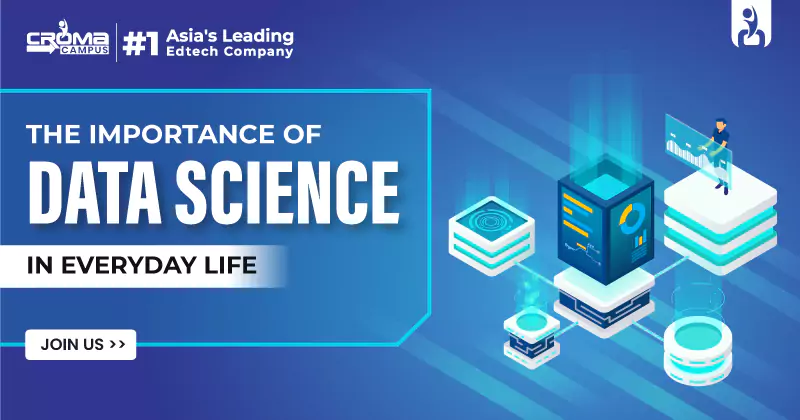














.webp)

.png)















